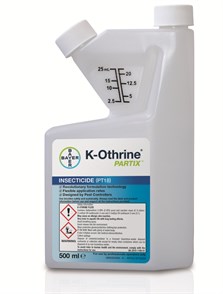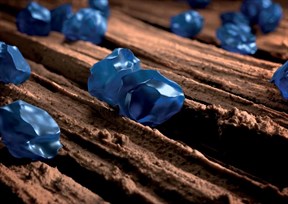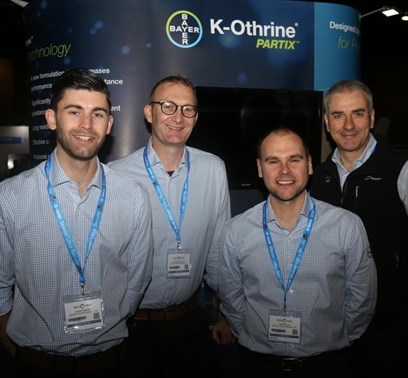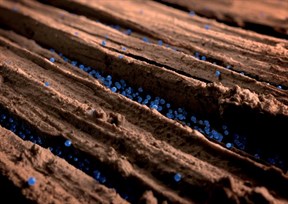A new insecticide from Bayer, K-Othrine Partix, was on display at PestTech. As Bayer explained, a holistic approach to pest control using both a range of cultural and chemical management techniques will deliver the best long-term results.
Located, along with colleagues, on the Bayer stand at PestTech, Richard Moseley, national account and technical manager, was busy explaining to customers how important it is that cultural controls are implemented and insecticide actives are used in rotation, to increase product longevity and provide pest controllers with a range of solutions.
“There are number of cultural controls that can be implemented to reduce pest activity, such as eliminating food sources, reducing moisture levels and preventing access to buildings.
“Once practical steps have been implemented, it’s time to use insecticides. When these insecticides are applied, product rotation is vital as changes in legislation have severely restricted chemical solutions,” he said.
|
|
 |
It is perfect timing for the new broad-spectrum insecticide, K-Othrine Partix to come to the market. It’s unique formulation, containing deltamethrin, which contains particles 10 times the size of typical insecticides, allows the application to remain on the surface, increasing bioavailability and contact to the pest.
“The solid particles can endure difficult conditions and remain available for longer on complex surfaces allowing a more consistent performance on even the most absorbent surfaces such as wood and concrete and increases product efficacy,” Richard explained.
“The K-Othrine Partix formulation also contains a natural wax, rather than a man-made solvent used in many insecticides, which reduces the environmental impact of the application, while also protecting the active from degradation, UV and moisture.
|
|
|
“The insecticide’s three-month residual control means pest controllers can also reduce the number of applications and use less product, offering environmental and financial benefits,” says Richard.
“We’ve also included a range of sustainable packaging options with our new ‘Nashville’ bottle which requires 33% less plastic and is more user friendly. It also allows more accurate measuring compared to traditional ‘squeeze and pour’ bottles, helping to reduce waste and improve operator safety,” he added.
K-Othrine Partix in use
Stewart Cooper from Lancashire-based Alpha Pest Control has been using K-Othrine Partix, and explained his experience.
“We used K-Othrine Partix when the product was in the trial phase, as we had a problematic Australian cockroach infestation, which had been an issue for a quarter of a century. This new product gave us a competitive advantage against the pest in a challenging environment and shortly after the application we received 95% control which enabled us to reduce application frequency, saving time and money,” added Stewart.
He said it is key not to take your eye of the ball and be pro-active to keep pests at bay and reduce the risk of reoccurring issues. “To see the best results, it’s important to make regular site visits and build relationships with the staff at the site. This alongside an integrated approach will help you achieve successful pest control,” concluded Stewart.



 A traditional SC formulation
A traditional SC formulation

